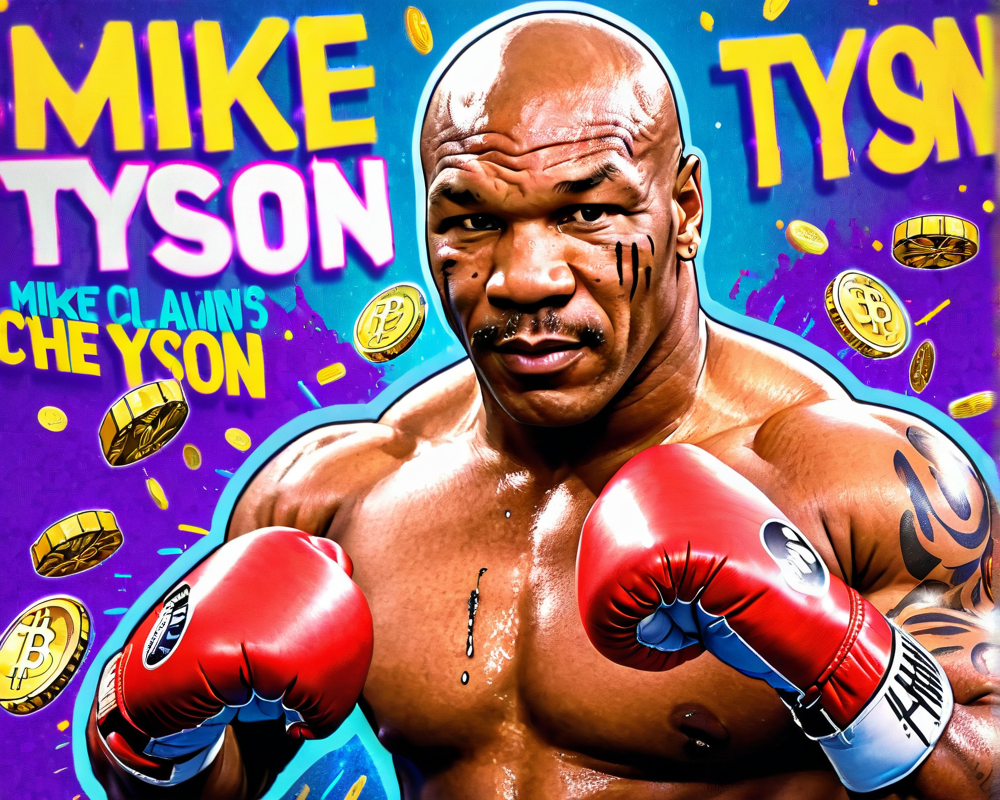Understanding Neobanks
Neobanks, the cool kids in finance, have shaken things up since their birth around 2016. Born from the ashes of the 2008 financial crisis, these digital banking platforms make it easier than ever for people to manage their money online. You might hear them referred to as “challenger banks” in the UK as they’ve thrown a curveball at traditional banks, forcing them to step up their game.
With over 300 neobanks currently operating, their profitability is catching many by surprise. They offer all the goods of your run-of-the-mill bank, often with a few extra goodies thrown in. Think low-cost loans, cash back, and zero-hassle account openings due to the latest tech advancements in KYC (Know Your Customer) and AML (Anti-Money Laundering).
The Flip Side: What’s Lacking?
As much as we’d love to crown neobanks as royalty in the finance realm, they do come with some baggage. Despite their shiny new features, most of them rely heavily on traditional banks like a toddler clings to a parent during a scary movie. Their dependence on existing financial infrastructure can limit their independence and adaptability in the rapidly evolving financial landscape.
Moreover, it’s important to remember that neobanks are still centralized. If you thought we were heading toward a decentralized future, you might want to hold on to your hats. They mirror traditional banking structures in many ways, which doesn’t quite tickle the fancy of those advocating for a more decentralized approach.
Crypto’s Rise: A DeFi Delight
The recent chaos in centralized finance (thanks, FTX) has pushed many folks towards decentralized finance, or DeFi. This uprising has stirred a lot of innovation in crypto, with platforms like Curve and Aave witnessing a spike in user engagement.
As this movement gains momentum, more blockchain developers are crafting competing products that rival centralized options. Think staking systems, reliable lending solutions, and tokens linking to real-world assets. Yes, it’s as fancy as it sounds, though it does come with its fair share of skepticism regarding security and regulations.
Can Neobanks and DeFi Play Nice?
The crossroads of neobanking and DeFi is a fascinating one. Some innovators, like Revolut, are already diving into cryptocurrency features, letting users dabble in crypto directly from their neobank accounts. But let’s not kid ourselves—just slapping on some crypto features won’t do the trick. Today’s users demand more from their banking experiences.
Imagine a world where banks not only handle fiat currency but also seamlessly integrate with decentralized finance protocols. By adding self-custodial solutions and adopting a more DeFi-like approach, neobanks might just elevate their whole game.
A Hybrid Future: The Best of Both Worlds?
As the dust settles from the recent crypto calamities, the idea of a hybrid financial future is gaining traction. This would be a space where traditional banking meets DeFi head-on. Imagine one platform that allows users to juggle both fiat operations and global DeFi opportunities without breaking a sweat.
We might end up with a sleek interface where regular Joe’s can interact with the latest crypto trends alongside savvy investors hunting for the next hot yield. In this limbo between CeFi and DeFi, the dream is to create a cohesive system that meets all financial needs while respecting the intricacies of both worlds.




